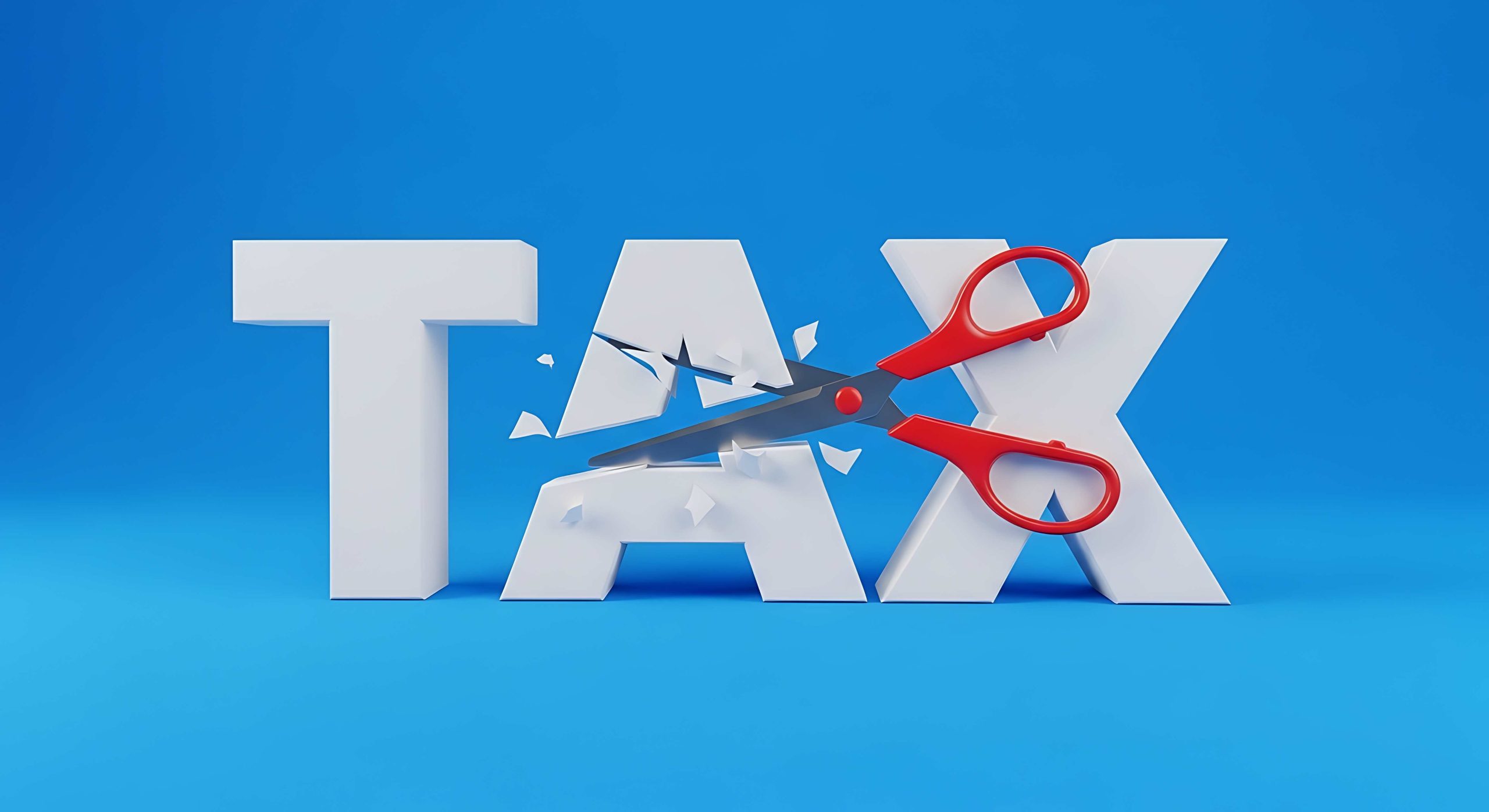Everyone wants to make their money last longer once they retire. Earn more and spend less are two ways people think this can be done. A third way is to minimize the amount of income taxes you will pay each year in retirement. The Holy Grail would be to pay zero income taxes once retired. Unfortunately, this is not possible for most retirees. But, you still can come close.
We already know that for most retirees’ social security income (and pension income for some) will not be enough to cover their expenses in retirement. Distributions will need to be taken from your investments to make up for the shortfall. Different types of investments contain different tax characteristics. For example, a distribution from an IRA is fully taxed at ordinary income tax rates. The more you take, the greater the tax rate may be. Consider the following:
Tom needs $50,000 to supplement his social security income and can take it from his IRA plan or a savings account. Taking it from the IRA will increase his income taxes because the entire distribution is subject to ordinary income tax rates. Assuming Tom is in the 25% tax bracket (federal/state), he would owe a tax of $12,500. If Tom had nowhere else to get the money from to pay the tax, he would have to take it from his IRA. Distributing $12,500 from the IRA would also be taxable. In essence, Tom would need to take a gross distribution of $66,667 so that after 25% income tax, he would net out to the $50,000 he needs.
Conversely, taking it from his savings account will not create any additional income taxes at all.
All things being equal, if you had a similar situation, you would take it from your savings account. However, there are two problems with the savings account approach:
- The first problem is that most people do not have enough money in their savings account to last for 30 years.
- The second problem is that even if you began sweeping money into a savings account when you were much younger, with the intent of saving it for retirement, you would have to save so much money that it would not be practical to do so. This is due to the low growth rate of that type of account.
All hope is not lost, however.
There is an account that can provide the growth needed to get through a long retirement and also keep your taxes low: it’s a Roth IRA.
Roth IRA Advantages
Distributions from a Roth IRA, if the owner of the account meets specific qualifications, are tax-free. The qualifications for tax-free distributions are the Roth IRA account has to be open for five years, and the owner has to have reached age 59 ½.
This can be a considerable advantage compared to taking distributions from an IRA, whereby 100% of the distributions are taxable.
A Roth IRA can be invested with a mix of different investments, including those better positioned for growth, such as a stock mutual fund.
There are several ways to contribute funds to a Roth IRA. The first is to make contributions each year you are eligible to do so. You qualify if you have taxable compensation and your modified adjusted gross income (MAGI) for 2020 is less than $137,000 for single filers (or $203,000 for married filing jointly). MAGI is calculated by starting with your Adjusted Gross Income (AGI) and then adding back certain items. For 2020, you can contribute the lesser of $6,000 ($7,000 if age 50 or older) or your taxable compensation for those eligible.
Another way to get money into a Roth IRA would be to convert funds in an existing Traditional IRA to a Roth IRA. When you do this, you will have to pay income taxes on the amount you converted since you received an income tax deduction when you made the original contribution to the Traditional IRA. The earnings are growing tax-deferred.
A slight variation on the above two methods and one that may be attractive for taxpayers who do not meet the MAGI limits mentioned above would be to first contribute to a nondeductible IRA and then “convert” that amount to a Roth IRA. This strategy is sometimes referred to as a “backdoor Roth IRA.” The backdoor Roth IRA works because there is no MAGI limitation for making a nondeductible IRA contribution.
You may still have to pay income taxes on a portion of the amount converted to the Roth, even though no tax deduction was taken for the amount contributed. If you have other IRA accounts for which you have made deductible contributions in the past, then you must use the “pro-rata rule” to determine how much of the amount converted is taxable. The rule requires you to calculate the percentage of pretax funds you have in all of your IRA accounts and apply that percentage to the amount converted.
The final way to get money into a Roth IRA without running into any MAGI limits or pro-rata rules would be to contribute to a Roth 401(k) or Roth 403(b) plan if offered by your employer. The tax treatment of Roth 401ks and 403bs are similar to Roth IRAs.
In addition to no MAGI limits or pro-rata rules, contributions to a Roth 401k and Roth 403b can be much greater than $6,000 or $7,000 for people age 50 or older. The limits for a Roth 401k or 403b are $19,500 ($26,000 for those aged 50 or older).
If you think the benefits of a Roth IRA are too good to be true, you are not alone. Congress may agree with you as numerous times over the past several years they have talked about eliminating or severely limiting the use of a Roth IRA or 401(k). Like many good things, the Roth IRA may not last forever – all the more reason why now is as good a time as ever to explore whether it makes sense for you to do this.
This article was published in SBH Physician magazine.



